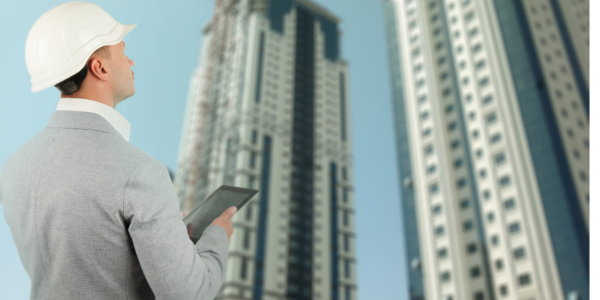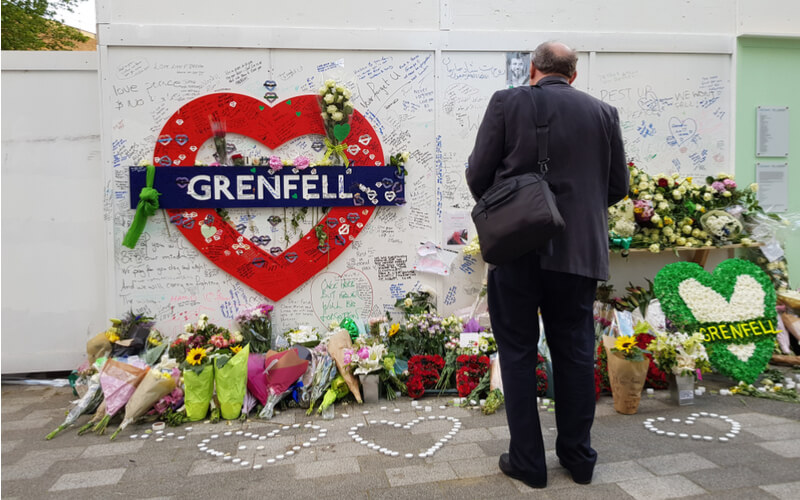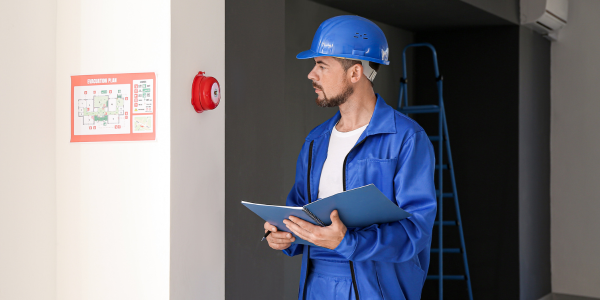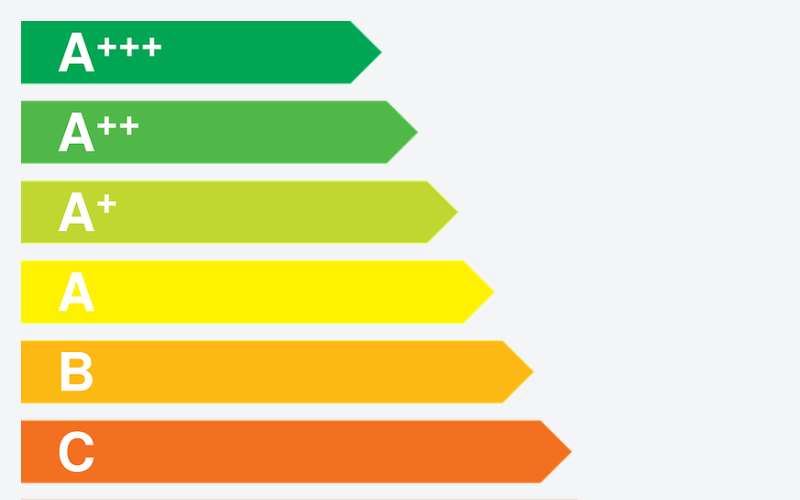Building Safety – Registering high-rise residential buildings: Update May 2023
The latest Building Safety Q&A compiled by NHMF Best Practice Adviser, Andrew Burke

Building Safety: Applying to register high-rise residential buildings
Q. What do Principal Accountable Persons need to do?
A. The principal accountable person (PAP) must register each high-rise residential building. Only high-rise residential buildings must be registered.
Q. What makes a building a high-rise residential building?
A. A high-rise residential building is a structure that has:
- at least 7 floors or is at least 18 metres in height
- at least 2 residential units.
It is only these buildings that need to be registered.
Q. What is the deadline for high-rise residential buildings to be registered?
A. All occupied high-rise residential buildings must be registered by 30 September 2023. It is an offence if a building is occupied but not registered after this date.
Q. When did registration start?
A. Registration opened on 12 April 2023.
Q. Who is the Principal Accountable Person?
A. The PAP can be an individual or an organisation such as a:
- housing association
- local authority
- company
If the PAP is an organisation, then someone within the organisation should be the single point of contact for the Building Safety Regulator. This individual should have the authority or duties relating to the safety of the building, but this does not make that person the PAP, it is the organisation that is the PAP.
Q. What do they need to do?
A. Before registering, the PAP should read the guidance the BSR has published and then collect the necessary information for each building, such as:
- the number of floors at or above ground level
- its height in metres
- the number of residential units
- the year it was originally built
- its address or addresses
The BSR has also produced a video to help with registration.
Each application should provide information about the building’s structure and safety. This information can be added to your application from May 2023. There is no additional fee for submitting the structure and safety information.
Q. How much does it cost?
A. There is a £251 registration fee per high-rise residential building.
Q. What happens after registration?
A. After paying and submitting your registration application, the BSR will review the details to confirm the building should appear in the register. The BSR may request more information or contact you if it thinks the building does not need to be registered. The information provided during registration will help you when you start to assess the building’s risks as part of your safety case report. It will also be used by the Building Safety Regulator to help it prioritise buildings for the building assessment certificate process from April 2024.
Q. Where can I find out more information?
A. The Building Safety Regulator is running a campaign that includes a video on registering high-rise residential buildings.
The BSR also publishes a free BSR eBulletin that gives regular updates and alerts on the building safety reforms. Landlords should sign up to the BSR eBulletin.
The NHMF Best Practice website has a Q&A briefing on the Building Safety Act and the NHMF will be running further webinars on Building Safety in 2023.


